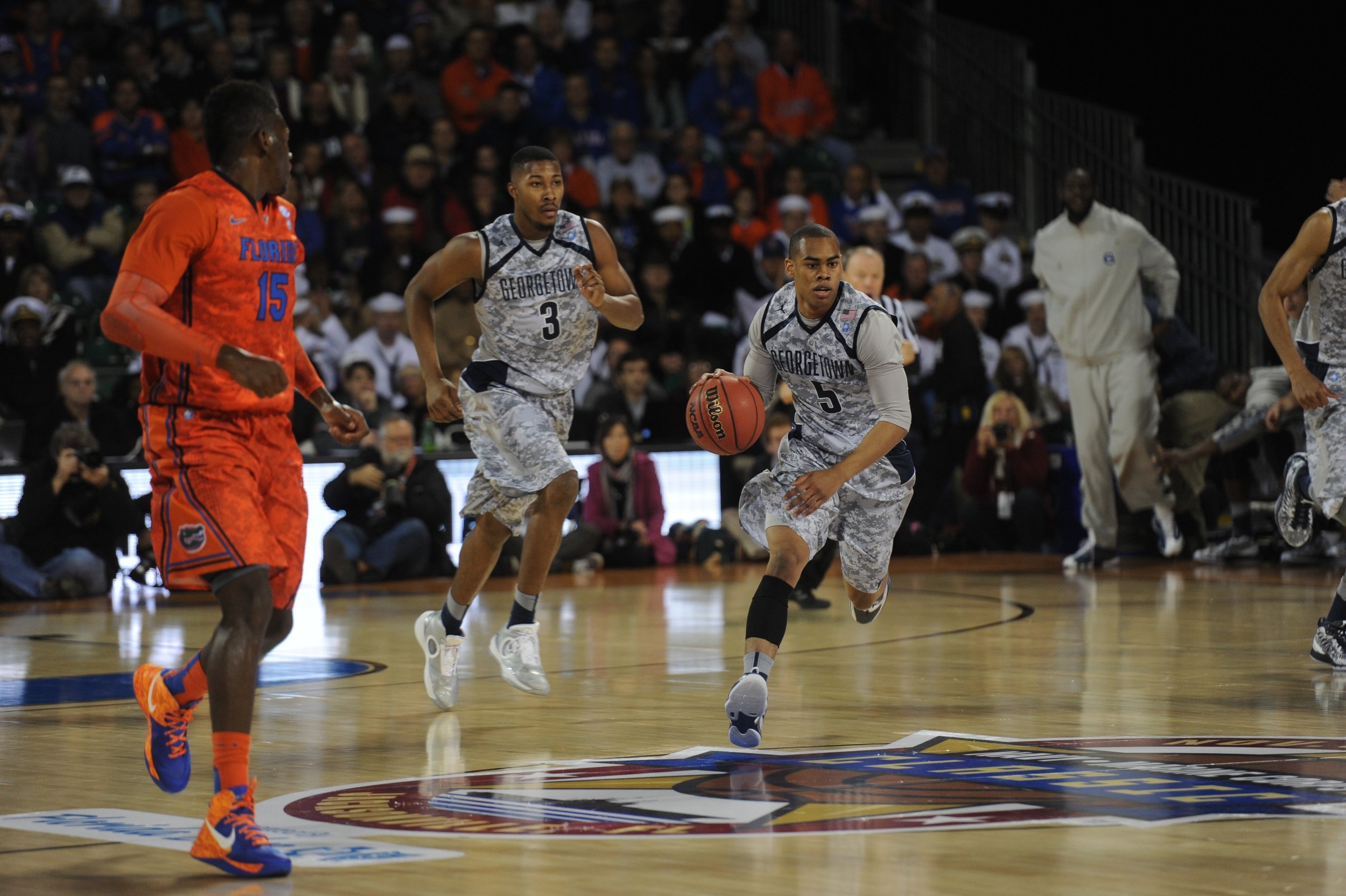Patellar tendinopathy (tendonitis) is a common sports medicine overuse injury most commonly found in jumping (volleyball, basketball) athletes. This injury has been found in up to 40% of these athletes secondary to the repetitive forces applied to their tendons during their respective sports. Repetitive loading, without adequate rest, is often found to be the cause of these symptoms, but abnormal loading patterns also play a role. Changes in dynamic knee alignment due to strength, coordination, and mobility impairments can place the knee at an abnormal angle in preparation for these jumping or landing movements. A recent research paper looked to identify impairments of flexibility and strength among jumping athletes.
Mendonca and colleagues studied the flexibility and strength of 192 professional basketball and volleyball athletes (JOSPT. 2018). The authors placed athletes in one of two groups based on the presence of patellar tendinopathy (n = 59). The key examination techniques which helped identify those with or without tendinopathy included ankle and leg alignment, hip mobility, and hip external rotation and abduction strength. The study highlights the importance of examining the hip and ankle joint in athletes with patellar tendinopathy. Consistent with the majority of knee diagnoses, hip weakness is one of the strongest correlates with knee pain.
To learn more on how to reduce your risk for a sports injury contact the experts at MEND

